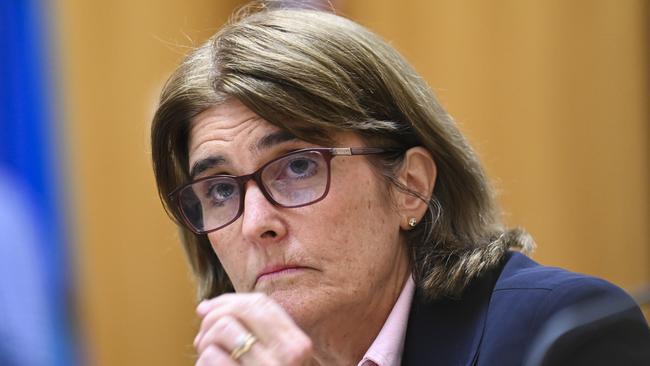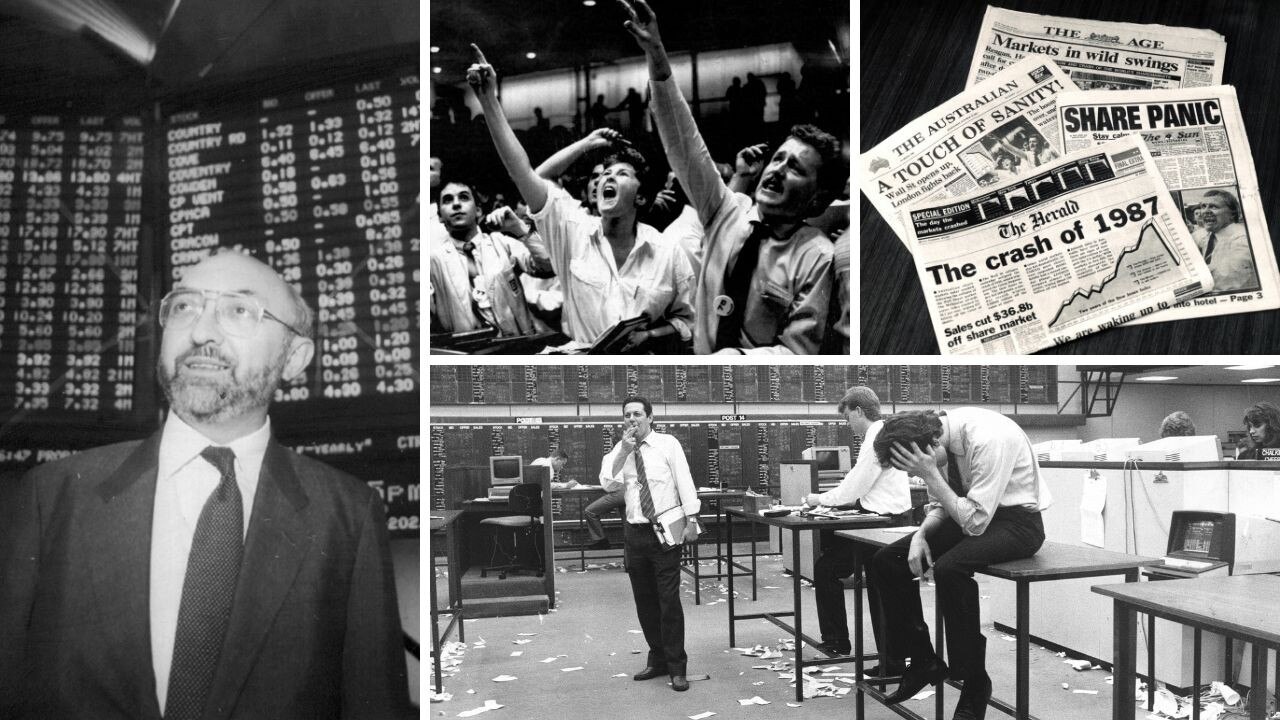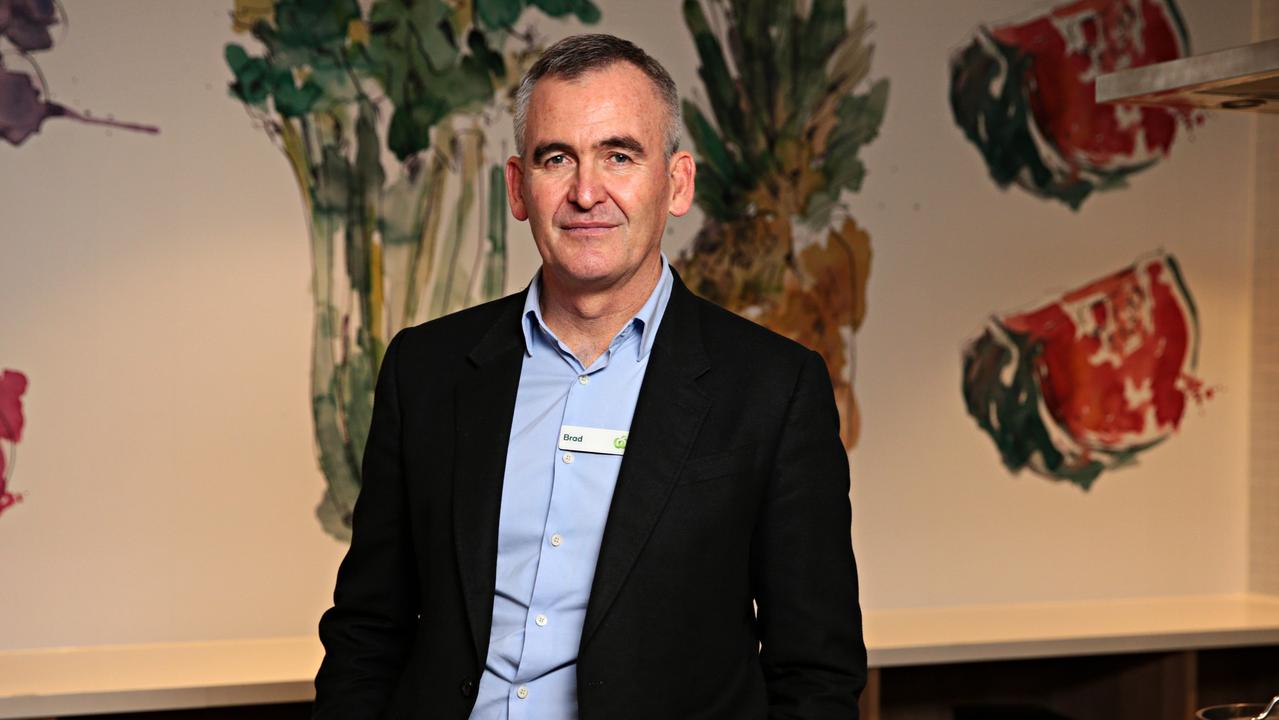There’s a simple explanation as to why the RBA governor had a rate hike option to consider
Did Reserve Bank Governor Michele Bullock really, seriously, contemplate leading her board to deliver a rate hike, at the RBA’s first meeting back for the year, two weeks ago?

Terry McCrann
Don't miss out on the headlines from Terry McCrann. Followed categories will be added to My News.
Was Reserve Bank Governor Michele Bullock really that delusional?
Did she really, seriously, contemplate leading her board to deliver a rate hike, at the RBA’s first meeting back for the year, two weeks ago?
The short – and indeed, also, the long – answer, is an emphatic no.
There was never the slightest chance of Bullock going to her first-ever post-meeting media conference to ‘explain’ a shock rate hike.
And shocking it would most emphatically have been. It would have been a hike that instantly shocked its way across screens around the entire world.
So how do we explain the minutes of the meeting, released Tuesday, telling us: “members considered whether to raise the cash rate target by a further 25 basis points at this meeting or to leave it unchanged”?
The answer starts with the process initiated by her predecessor Philip Lowe, when the RBA started hiking rates from zero.
Every board meeting would consider two options, with arguments for both laid out at length.
Initially, when the hiking started, it was between 25-point and 50-point hikes. Then, early last year it switched to 25-point hikes and pauses; and this was the case again this month.
But at every meeting, members would still come to the table with one clear-cut recommendation from management – previously Lowe as governor and Bullock as deputy; and since October Bullock all on her own.
And at every meeting, and again two weeks ago, the board ticked off on the governor’s recommendation.
This exercise worked to put the board through a rigorous analytical and decision-making process. To get it, sensibly and effectively, to a consensus around the governor’s recommendation.
It also has a very clear – if, delayed by two weeks from decision to minutes reveal – public projection.
In this case, as I wrote, borrowing from Margaret Thatcher, the lady was not yet for turning.
Bullock’s (analytical) choice to her board remained between pausing and hiking. She was not yet ‘offering’ between pausing and cutting.
This hawkish message is sent out to everyone, including very specifically the treasurer Jim Chalmers; and through him, the rest of a, quite frankly, quite incompetent and irresponsible cabinet.
A cabinet, led – for want of a better word – by a prime minister, who when he isn’t literally off and away glad-handling the global elite, is figuratively away with the fairies.
Given both the analytical process and the choice of options, it is a message that has the unanimous and unified support of an RBA board that includes Chalmers’s Treasury secretary, Steven Kennedy.
Simply, that the board remains absolutely targeted on getting inflation sustainably below 3 per cent and preferably to around 2.5 per cent.
No, it does not signal further rate hikes; but the clear warning is there.
The 4.1 per cent generalised wage rise revealed in Wednesday’s data from the ABS is incompatible with 2.5 per cent inflation while so-ever our productivity remains abysmally low at barely above zero.
The left-field curve-ball is if the economy is actually slowing sharply and rapidly; bluntly, hitting the wall.
The RBA doesn’t see it. We shall see.
More Coverage
Originally published as There’s a simple explanation as to why the RBA governor had a rate hike option to consider





